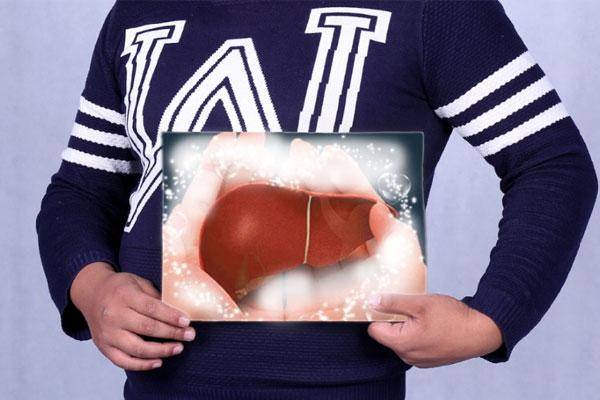The liver can be likened to a chemical plant, where waste and toxins are broken down and processed until they are expelled from the body. The body functions normally when the liver is able to detoxify effectively. However, when the liver accumulates too many toxins, its detoxification capacity decreases. This may manifest as yellowing skin on the face, hands, and eyes, loss of natural complexion, decreased alcohol tolerance for drinkers, and more prominent dark circles for those who stay up late. At this point, it is advisable to undergo a check-up.
During medical check-ups, numerous indicators can be overwhelming and confusing. To determine liver health, focus on one specific indicator—transaminase. If the report indicates abnormal transaminase levels, meaning they are elevated, it indicates liver issues. The severity of the issue correlates with the magnitude of abnormality; the higher the levels, the more serious the problem. Hence, even a slight elevation warrants timely intervention.
Poor liver health is associated with various factors such as staying up late, diet, and emotional state, with diet being particularly significant. The liver damage caused by dietary habits is considerable. If dietary habits have not been a priority before, and transaminase levels rise, immediate adjustment is necessary. Some favorite foods may need to be avoided, despite the enjoyment they provide.
The liver primarily metabolizes heavy metals such as copper and lead found in the body. Thus, it is crucial to avoid foods containing heavy metals. Some individuals enjoy eating century eggs, during the preservation process of which, significant amounts of copper, lead, and other heavy metals are introduced. Despite technological advancements in processing, overindulgence is still unwise. Similarly, large fish and seafood may contain trace amounts of heavy metals in their internal organs.
It is essential to pay attention to water quality as well. Some household taps made of metal can rust over time, leading to the leaching of heavy metals into the water. To ensure safe consumption, it is advisable to run the tap for five minutes before using the water.
Canned foods are also considered high-risk items. Despite the incorporation of preservatives, these products have a limited shelf life. Home-cooked vegetables and meats, if left uneaten, will soon spoil. Even with preservatives, these foods may contain toxic substances and a variety of additives to enhance flavor. The combination of these substances increases detoxification pressure and gradually damages the liver. Avoid canned fish, luncheon meat, and assorted canned fruits.
Consuming certain foods may lead to overheating in the body, including white wine, pepper, onions, garlic, and ginger. Overindulgence in these items can cause liver fire, disrupting liver function. These foods are inherently stimulating and can harm liver cells. Overconsumption can lead to troubles. Excessive consumption of warming foods such as mutton and longan can also contribute to overheating.
Proteins are typically beneficial for boosting immunity and aiding recovery in individuals with poor health. However, when the liver is damaged, its ability to absorb and utilize proteins diminishes, leading to their accumulation in the liver. Seafood rich in proteins, such as oysters and sea cucumbers, as well as soy products like tofu and soy skins, and nuts like peanuts, can be challenging for a compromised liver.
In conclusion, when transaminase levels rise, it is crucial to control one’s diet. Failure to do so may hasten liver hardening, potentially leading to severe consequences where avoiding certain foods will no longer suffice.


